I was really excited to hear about L’Oréal/La Roche-Posay’s My UV Patch, a recently launched electronic wearable that can measure your UV exposure. La Roche-Posay have some of the best sunscreens on the market, so you know they’re serious about sun protection. My UV Patch is a blue heart-shaped patch that’s about the size of a large coin and half the thickness of an average strand of hair. It can be worn on your skin (the back of your hand is recommended) for up to 5 days, lasting through showers and swimming. You apply your sunscreen over the patch, so you can see how much UV protection you’re getting with your regular sunscreen.
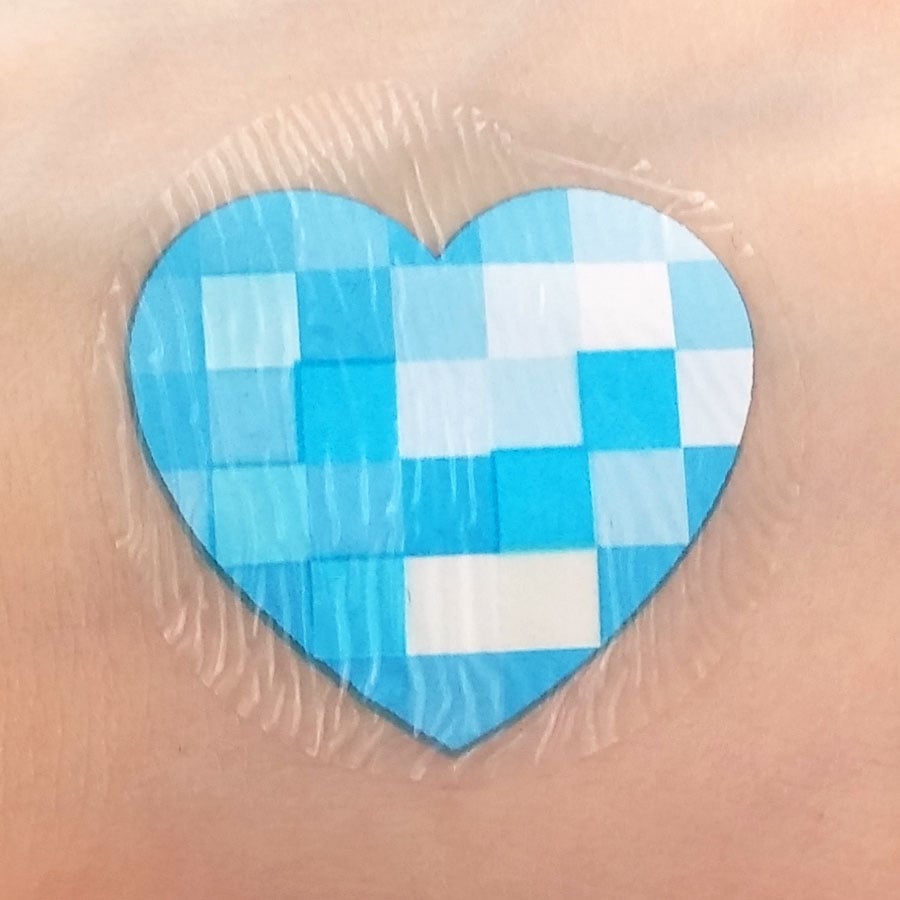
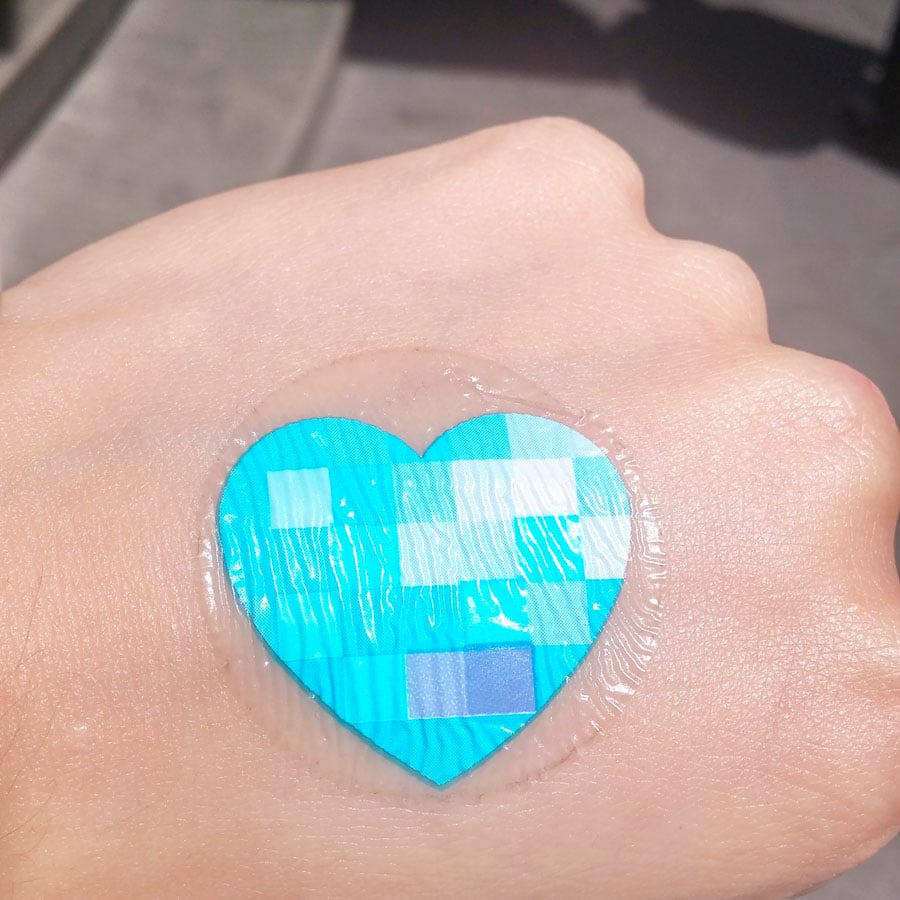
- Stick the patch on your hand
- Enter your details into the app
- Scan the patch with the app when it tells you to (around every hour)
- The app tells you whether or not you’re being sun-safe, and whether it’s time to reapply sunscreen
- The app gives you a chart of your UV exposure throughout the day, and tells you when you’ve had too much sun (how much of your “sun stock” you’ve used)
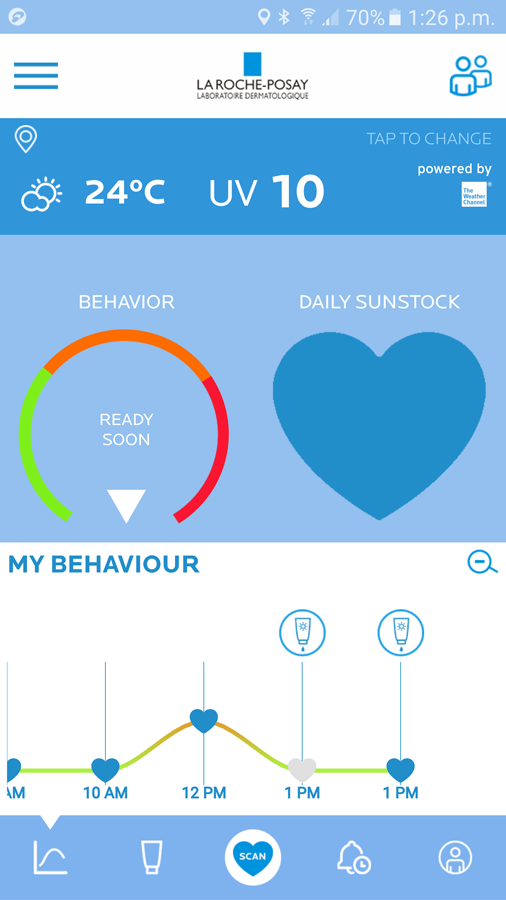
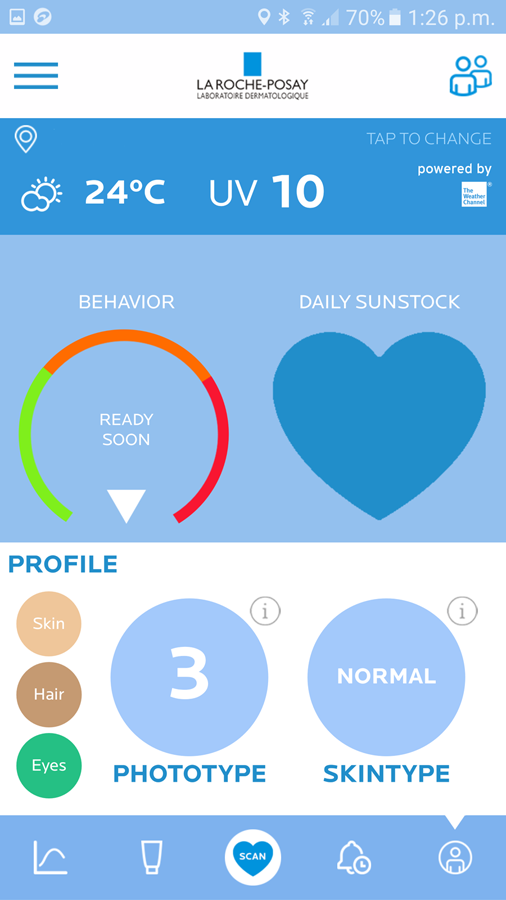
It’s a very cool concept, and has the potential to be a really useful educational tool. It could have a massive impact especially here in Australia, where 2 in 3 people will be diagnosed with skin cancer by the time they’re 70 (we have really nice weather and beaches and we’re close enough to Antarctica to be at the edge of the ozone hole as well). How does it go in action?
Well, it turns out that the Android My UV Patch app isn’t compatible with my phone, which is a little old (but not that old I thought – HTC Desire Eye, launched in 2014), so I passed the patch onto my sister (LG G3) and boyfriend (Samsung Galaxy S7) to review for me. They had similar feedback:
- It’s interesting and novel to track UV exposure throughout the day in a real-time and personalised way
- It’s very motivating and made me more vigilant about sunscreen application while it was on
- The sticker stuck very well to hairless skin for five days, but didn’t work so well on a hairy arm (boyfriend refused to shave his skin); it’s quite comfortable
- The results seem a bit inaccurate:
- I was only in direct sunlight for about 10 mins and it said I should stay out of the sun for two days to avoid more damage
- It said my quota was half used up even though I’d been in the dark with the shades down all day
- It’s annoying that it doesn’t scan unless I’m in direct sunlight. When I was in the office all day with some indirect sunlight from the window, I couldn’t scan and check if I was getting any UVA, or record a reading that I’m not in the sun and I’m being totally sun safe
- It would be good if it could measure the exact amount of UV that I’m getting, then I could chart my UV exposure against actual UV data
- App sometimes freezes and needs restarting. It also sometimes missed scan reminders, and sometimes thought you’d already scanned, and wouldn’t let you scan again.
Verdict: The concept is fantastic, but the app is the weak link.
I really hope they improve this and relaunch it in the future – I’d love a convenient way to quantify my sun exposure, and test the effects of different sunscreens and application habits on my sun exposure!
If you’d like to try My UV Patch for yourself, you can pick one up for free from participating dermatologists, and with the purchase of La Roche-Posay sunscreens from pharmacies including Priceline, Chemist Warehouse and Terry White, as well as online.


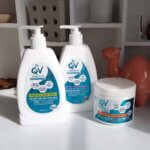
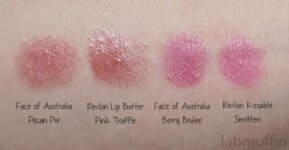
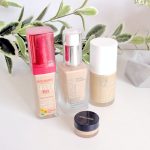
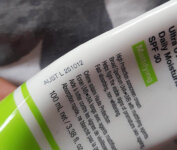
This is such a neat idea; it’s a shame that it doesn’t quite work. Hopefully they’ll refine it so that it does work, because it seems like a great, useful tool.
I agree!